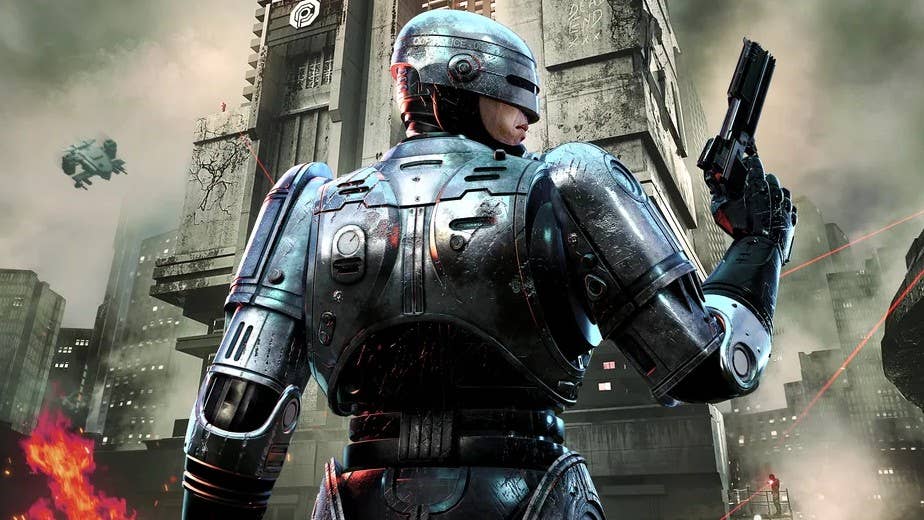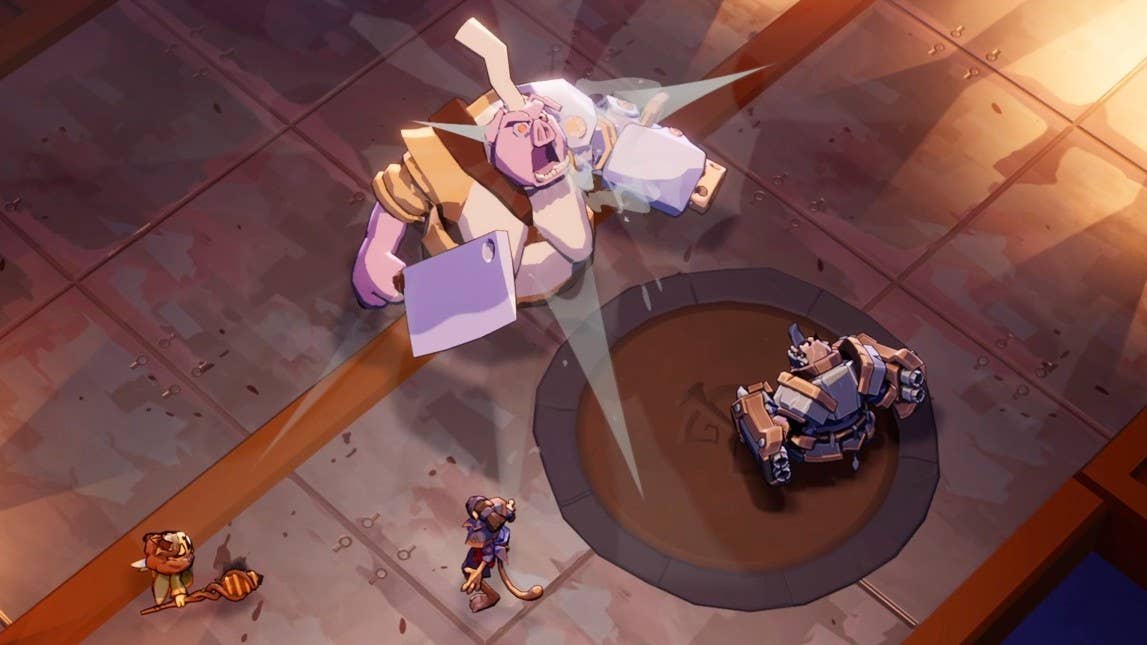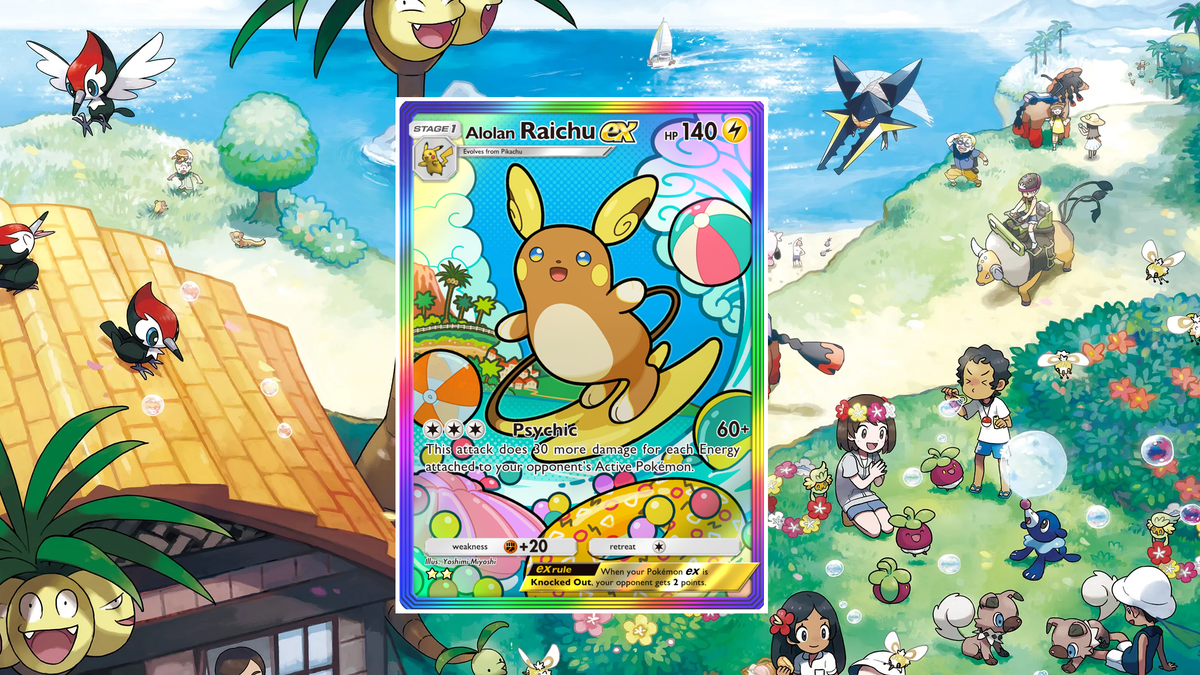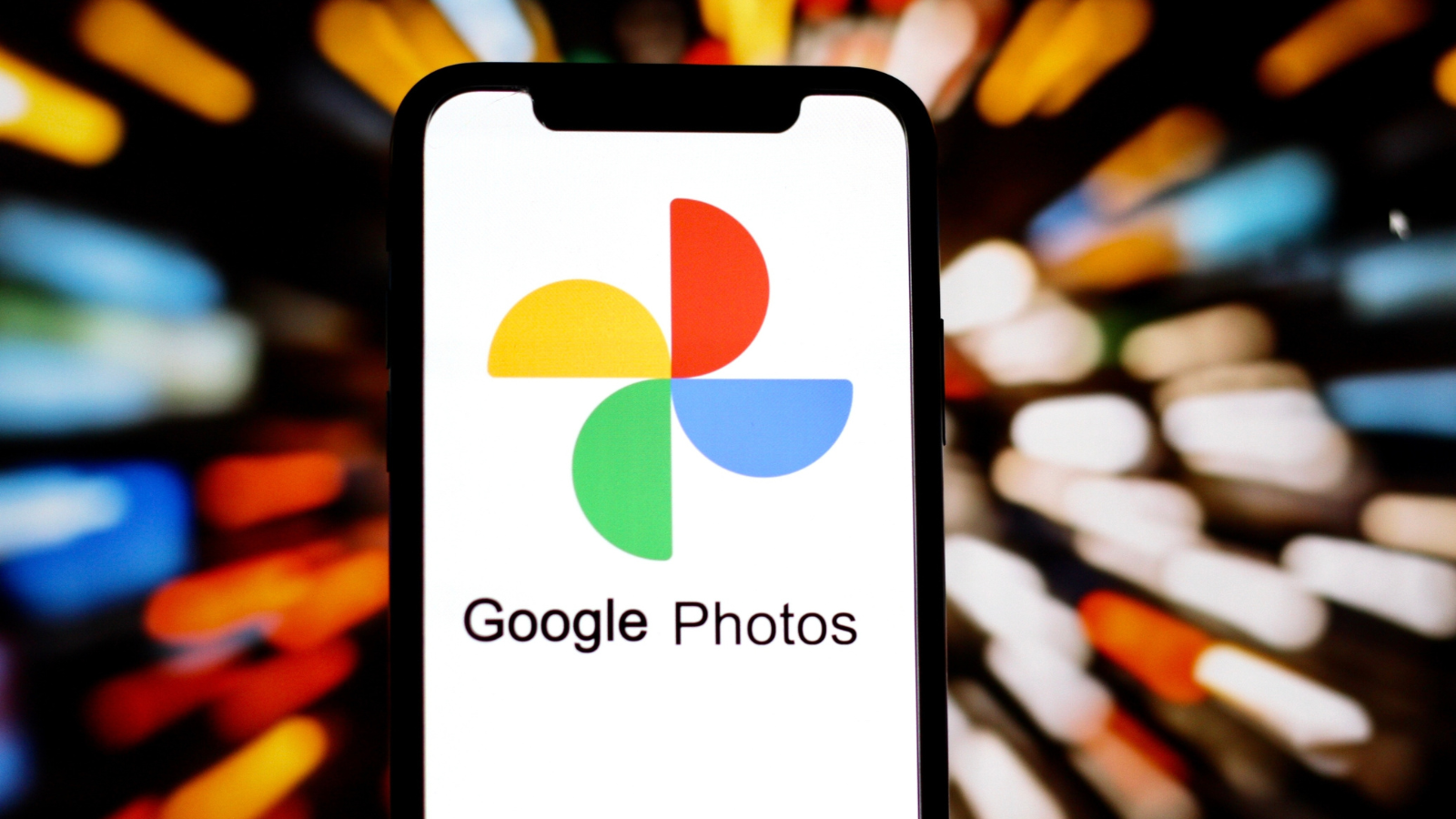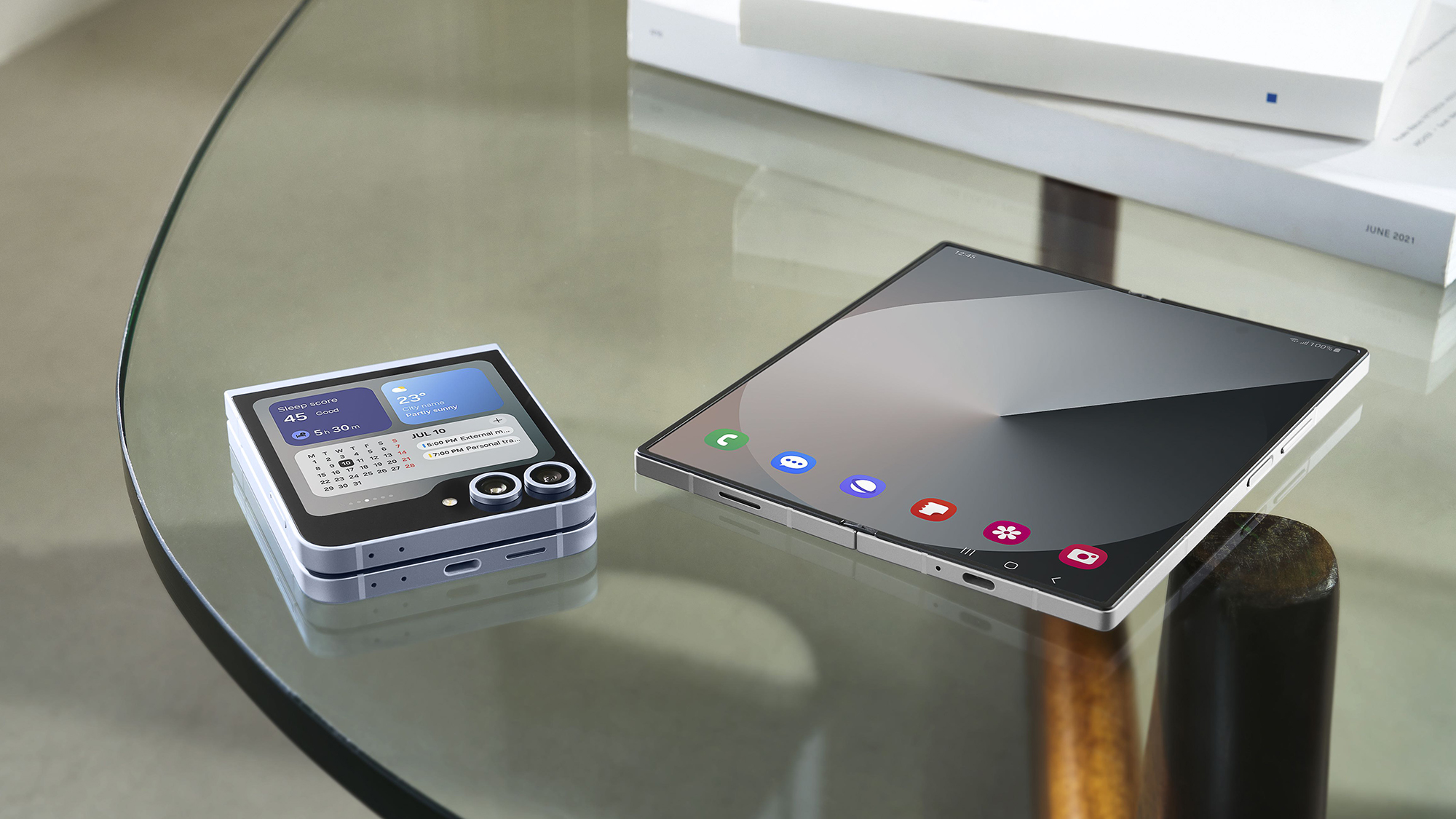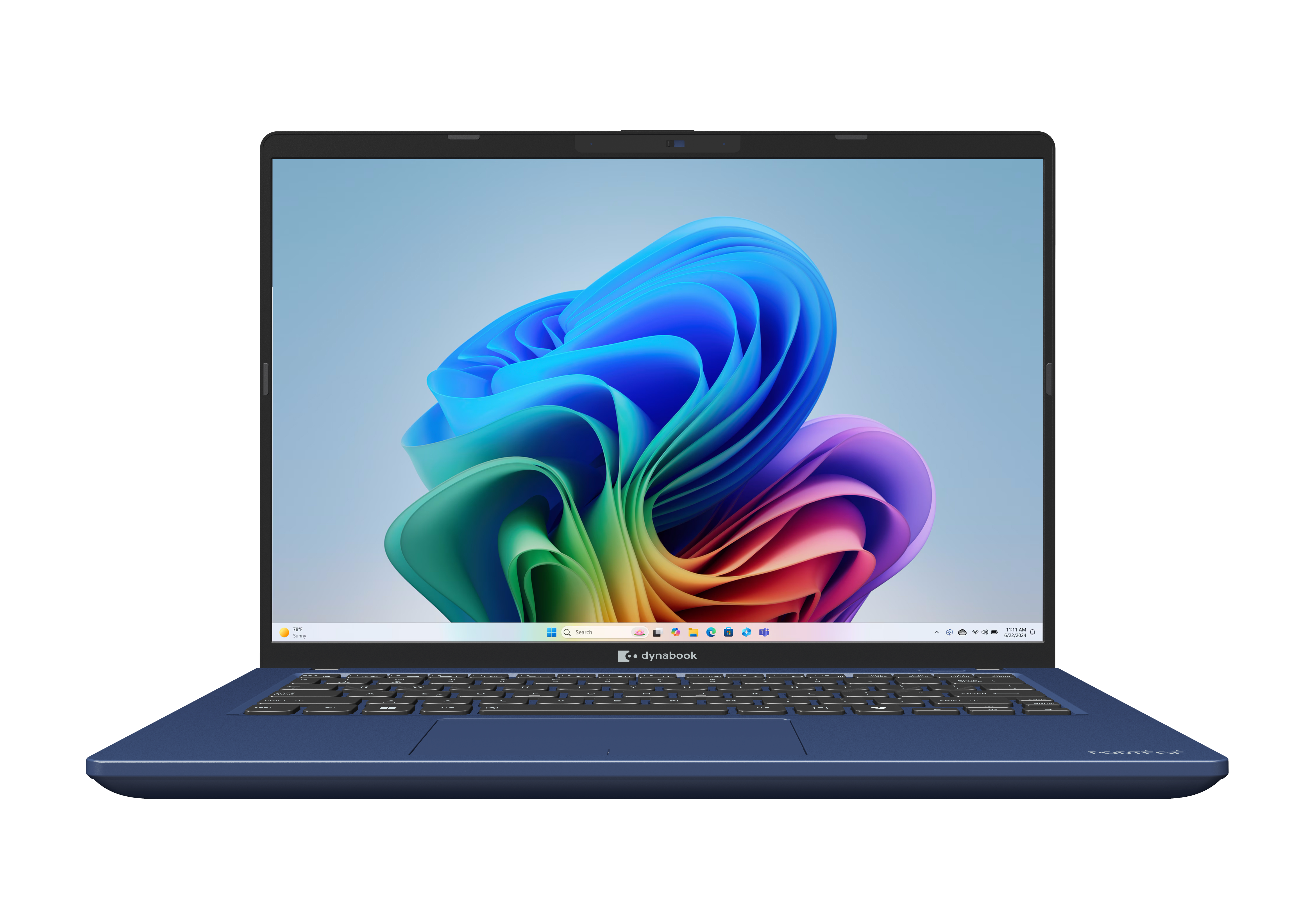Sustainability Week: Infrastructures makes circularity a reality – not devices
Circular technology needs an ecosystem to work — from seamless trade-ins to refurbishment and resale channels.
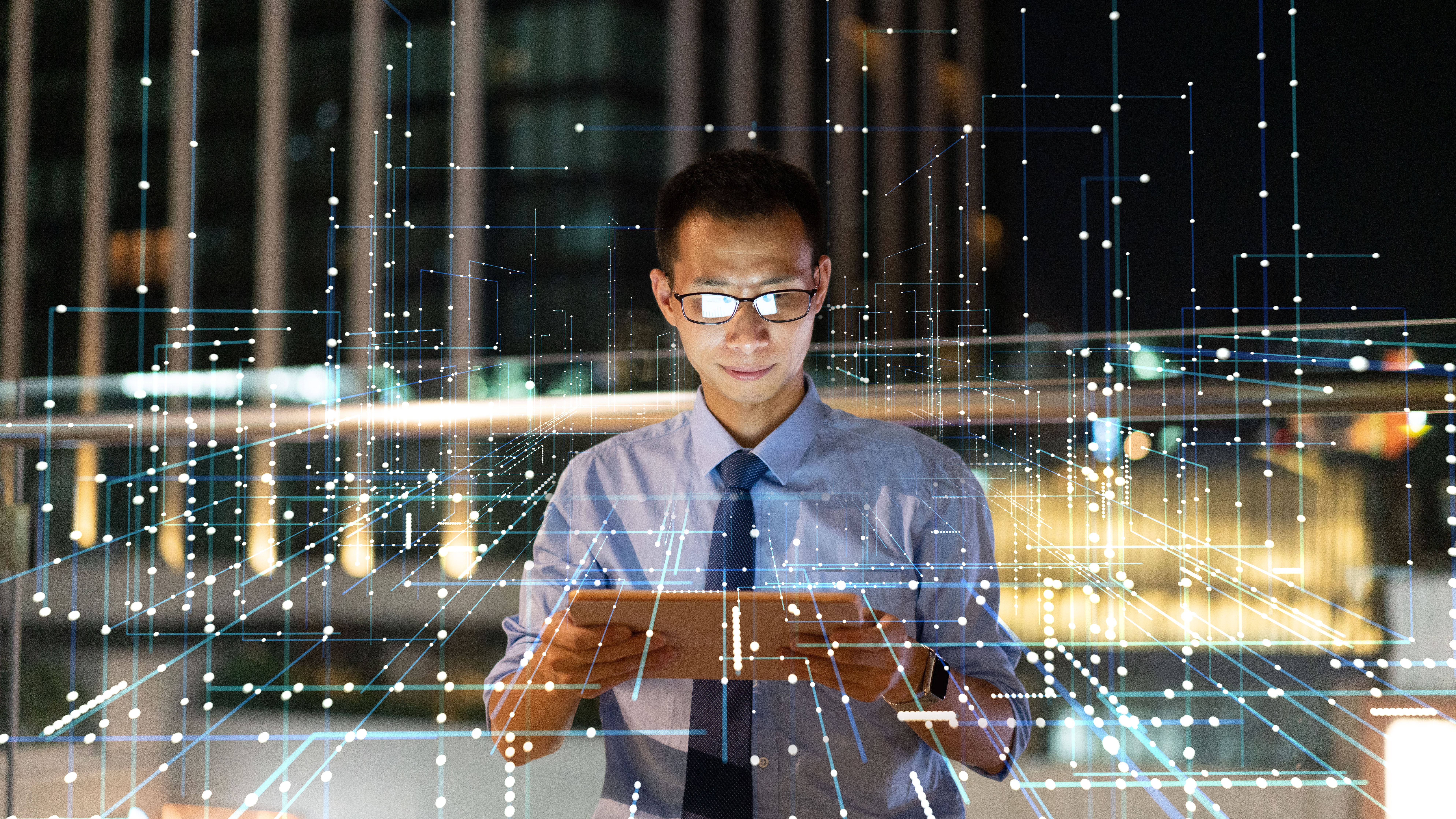
The circular economy is moving from niche concept to everyday reality. More people and businesses are embracing refurbished phones, laptops, and tablets—not just as budget-friendly options, but as conscious environmental choices.
But there's still a common misunderstanding about what actually makes a product ‘circular’. No electronic device, or any product for that matter, is inherently circular on its own, no matter how well-designed or durable. What makes the circular economy work isn't just better products—it's the infrastructure that surrounds them.
Think about it: without trade-in programs, repair networks and efficient resale channels, even the most sustainably designed device would still end up in a drawer or landfill. But these systems allow us to conveniently hand off our used devices, get them refurbished, and connect them with new users to create circularity.
Products can absolutely be made with the circular economy in mind—and we’ll talk about how—but they still rely on the right environment to fulfil that potential.
How circular models work in practice—and the infrastructure required
Several models have emerged as frontrunners when we think of the circular economy in action. Trade-in programs are the most popular—where you hand in your used device for a discount on a new one. These programs recirculate devices, encouraging people to pass on their old tech rather than tossing it. We're also seeing more refurbished tech marketplaces offering their own trade-in options.
Another innovative approach, especially for businesses, is the Device-as-a-Service model—essentially a leasing model where you can rent equipment, use it for a specific period, and then return it for an upgrade or replacement. All of these extend the life of electronic products and start to shift the focus away from ownership to long-term value.
But these circular models don't magically happen. Behind each successful program is a massive reverse logistics operation. Devices need to be collected, inspected, repaired, and matched with new buyers. Most manufacturers weren't originally set up for this kind of circular operation. Their systems were designed for one-way distribution, not for handling products coming back for a second life.
Companies that excel here have built robust systems for grading, refurbishment, inventory management, and resale.
You can only call a product ‘circular’ when there's a reliable logistics system for people to return devices, reassured they’ll make their way back into the market. Without this infrastructure, even the most sustainably designed device remains trapped in the linear economy. In the meantime, manufacturers can encourage circularity by designing their products from the outset to perform better on the secondary market. Here's how they can start.
Qualifying criteria for secondary market products
Not all devices are created equal in the secondary market. The most successful refurbished products stay relevant even years after their initial release. Apple and Samsung devices lead the pack in this regard— iPhones typically remain economically viable for refurbishment for about eight years; Samsung models, closer to five. After that, the focus shifts to recycling materials rather than reuse.
Less expensive devices, even if they still work, often cost more to refurbish than they’re worth. That’s not an issue of quality—it’s just economics. For a device to have a second life, it either needs strong brand appeal or some other kind of long-term value.
Ecosystem loyalty boosts circular potential
The tech world has shown us that people develop strong attachments to their operating systems—whether Android vs. Apple in the UK and US markets or other platforms in other countries. Once consumers invest in an ecosystem with multiple connected devices, they're more likely to stay within that system when upgrading or buying refurbished. For manufacturers and retailers, building this kind of loyalty pays off.
Frictionless experience is non-negotiable
The most successful trade-in programs share one crucial feature: simplicity. Whether online or in-store, they offer a fair price for your old device while purchasing a new one, handling the entire exchange in one smooth transaction. Similarly, purchasing refurbished devices has become simpler, with marketplaces implementing universal quality ratings that build consumer confidence.
Innovation at the right pace
We've reached a bit of a sweet spot in the pace of innovation for electronics. New releases excite early adopters, while refurbished devices are still more than enough for most users.
Product designers should consider this: How timeless is your creation? Will people still want it years from now? Does it have features that people always want? This aspect is essential for a healthy circular economy.
Consistent value over flash sales
You’ll notice that the brands with strong circular offerings don’t run flash sales. That’s because they undermine their circular programs. When you frequently discount new products too often, the incentive to buy refurbished disappears. Brands that maintain consistent pricing tend to see stronger resale values and build more trust. By offering high-quality certified refurbished products at a meaningful discount, brands attract value-conscious consumers who might otherwise choose a lower-end product from a competitor.
Systems will define circular success
To support sustainable tech, we need to stop looking only at individual devices and start focusing on the systems that surround them. Circular products don’t exist in a vacuum—they depend on the infrastructure build for them.
Ultimately, the future of sustainable tech isn’t just about making better devices. It’s about keeping the good ones in use longer—and building the right systems to make that possible.
We've featured the best green web hosting.
This article was produced as part of TechRadarPro's Expert Insights channel where we feature the best and brightest minds in the technology industry today. The views expressed here are those of the author and are not necessarily those of TechRadarPro or Future plc. If you are interested in contributing find out more here: https://www.techradar.com/news/submit-your-story-to-techradar-pro

_NicoElNino_Alamy.png?width=1280&auto=webp&quality=80&disable=upscale#)



















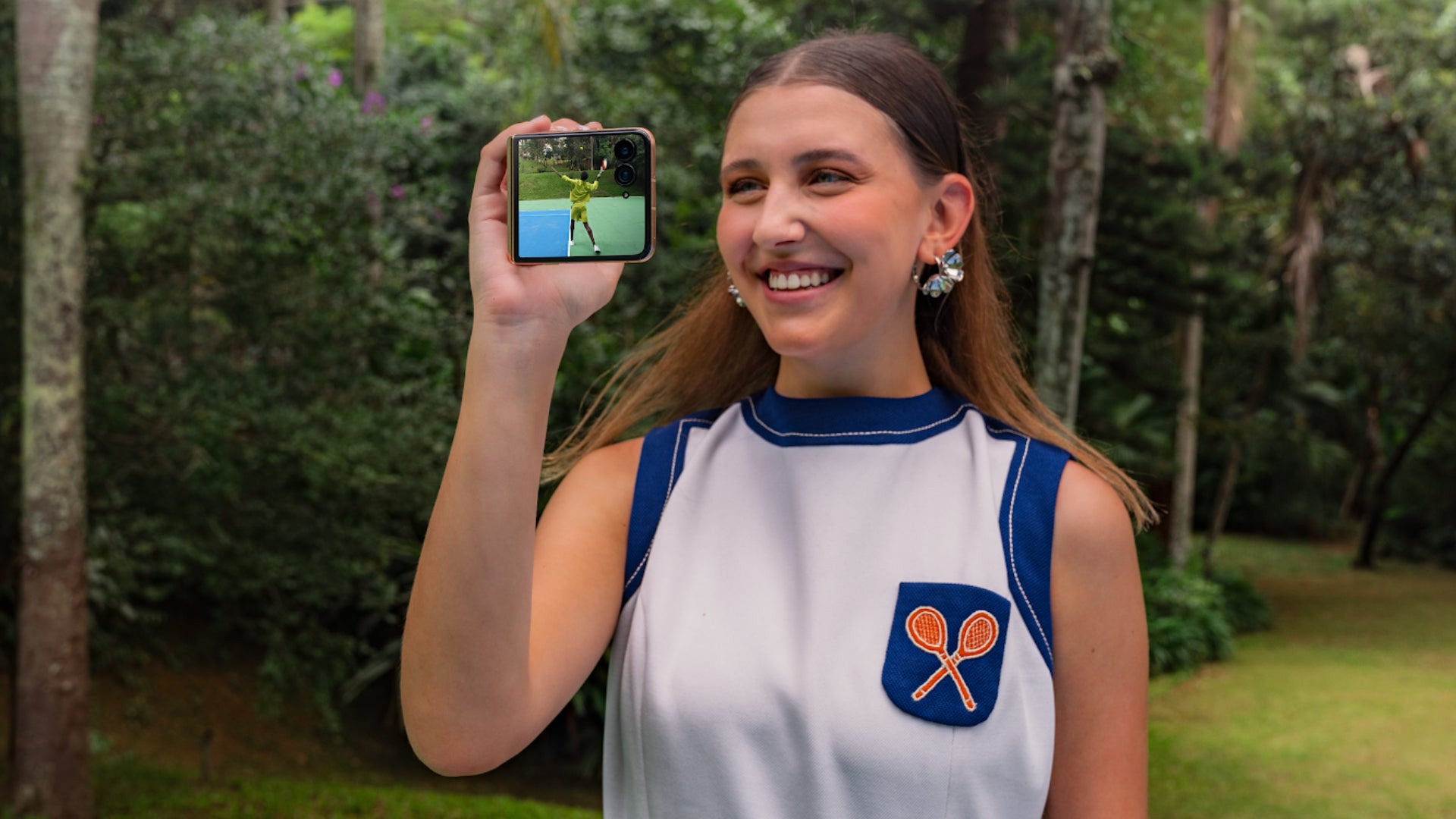





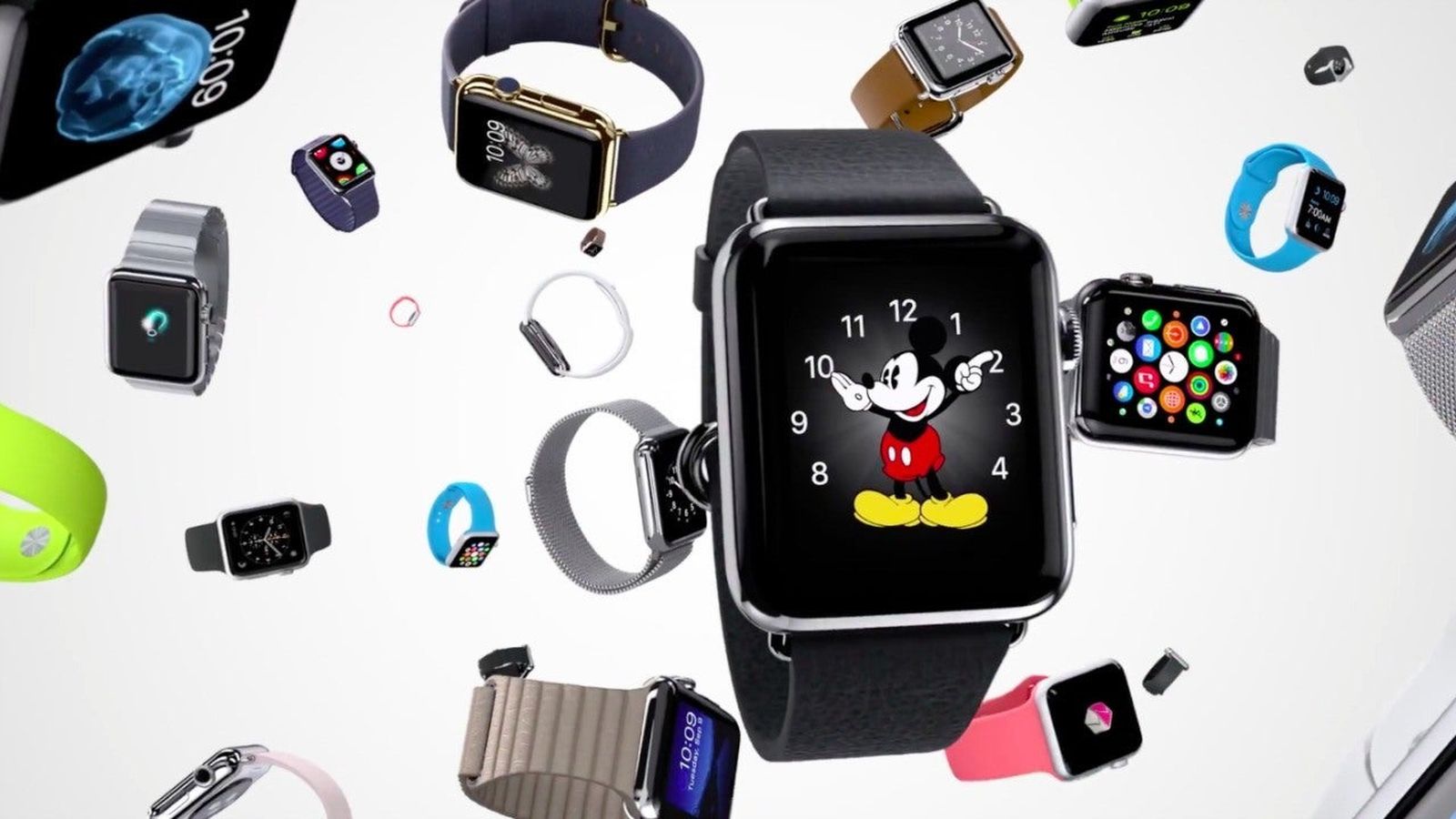
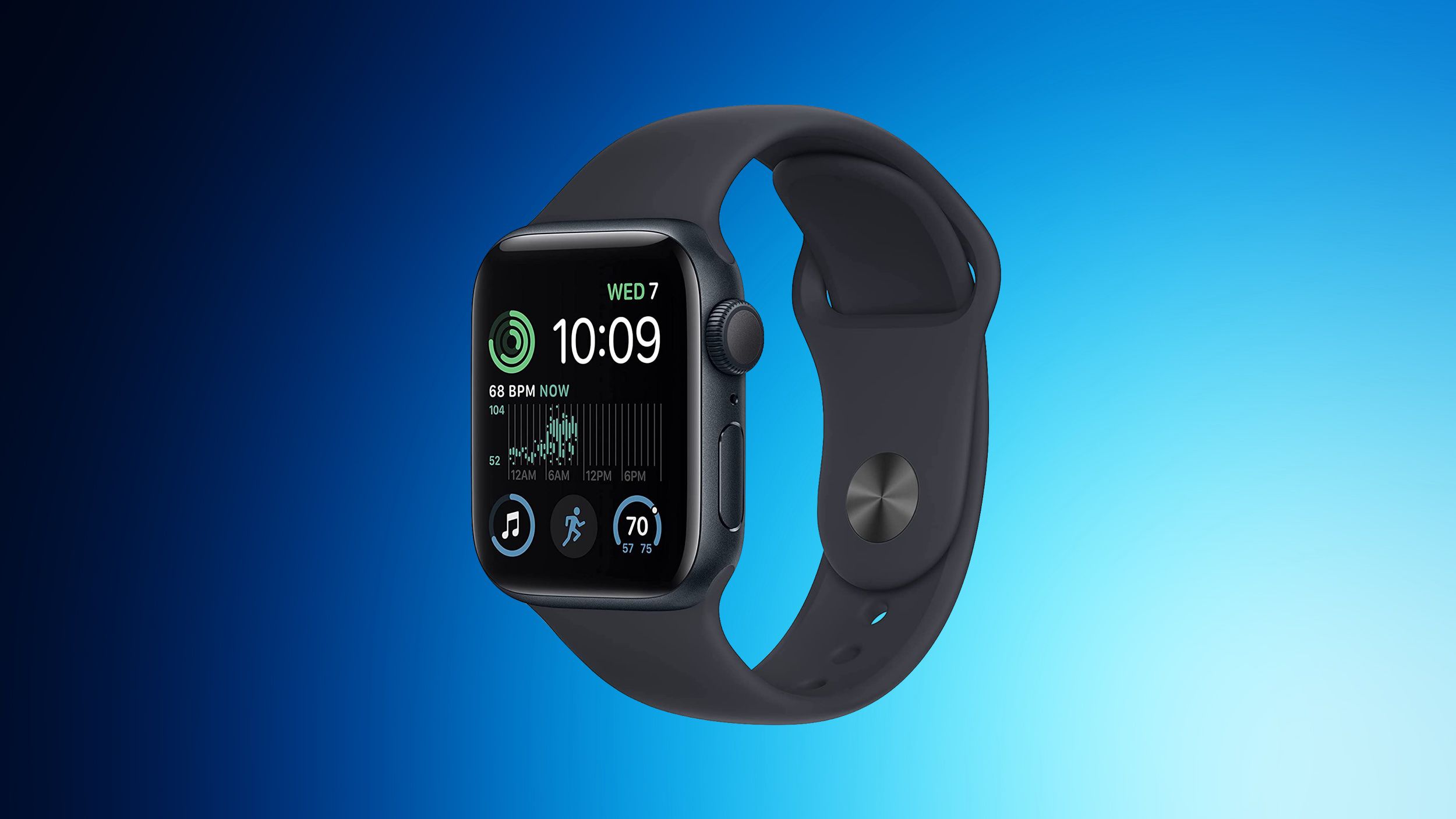

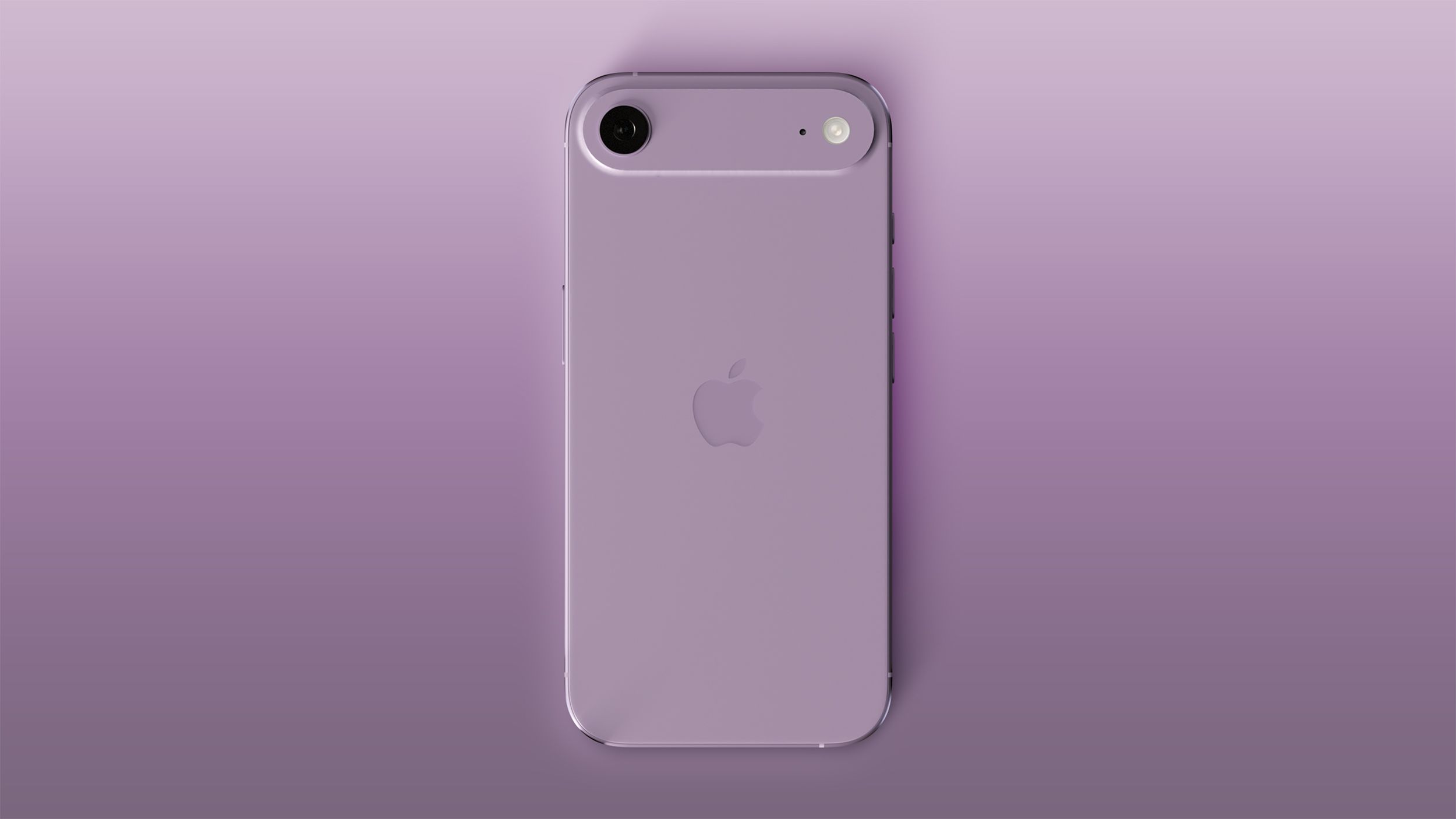























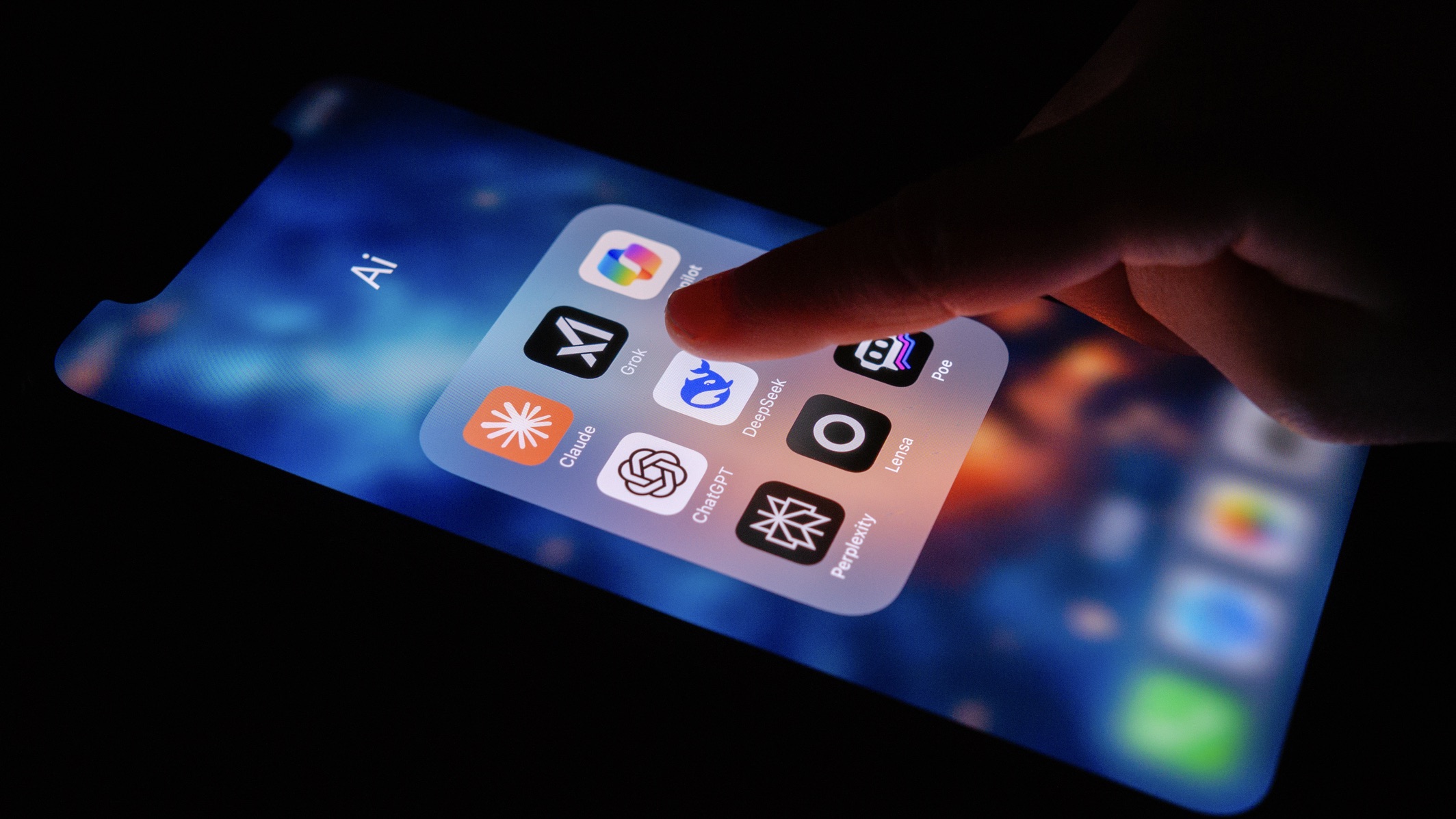



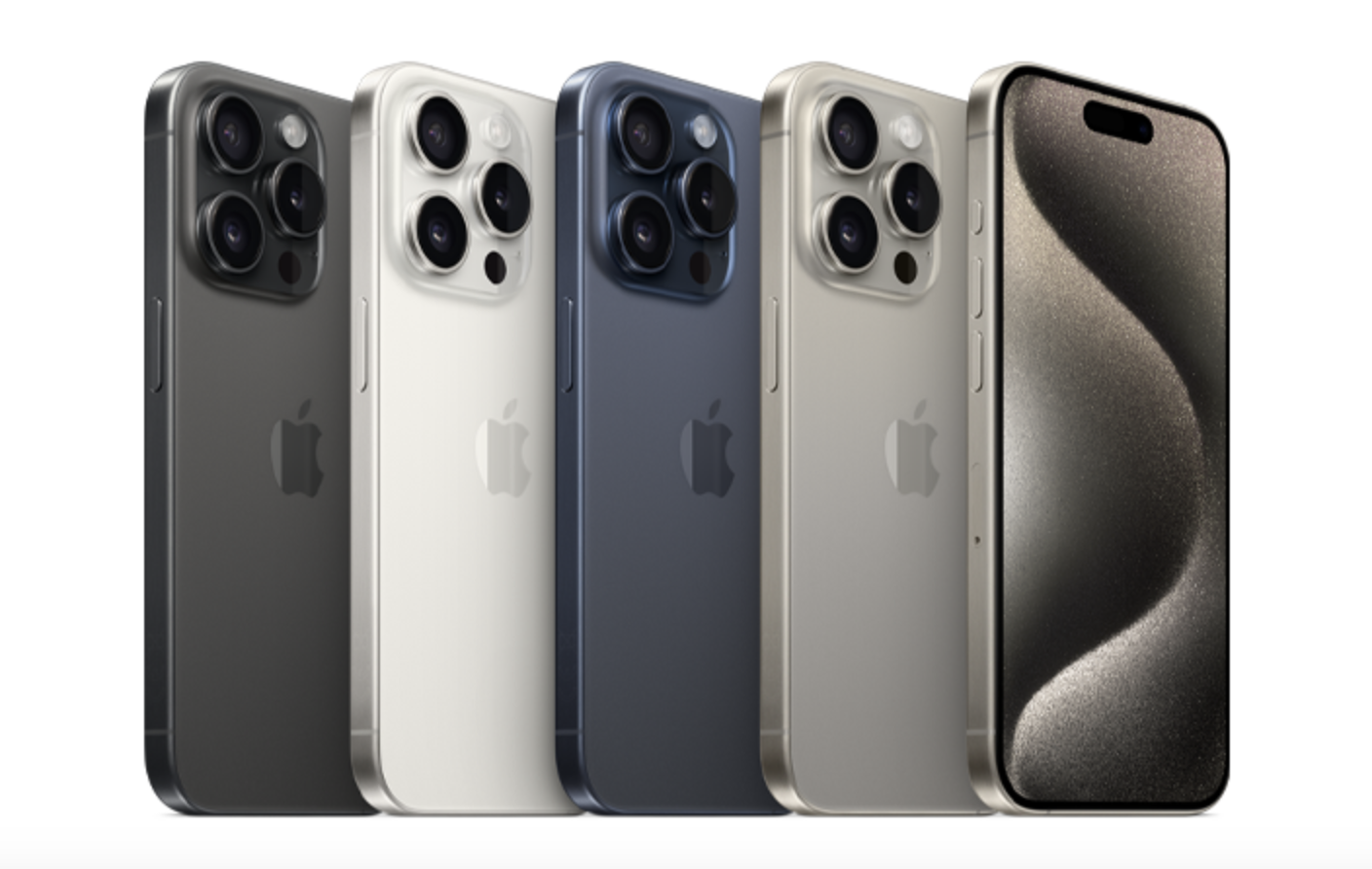











![At Least Three iPhone 17 Models to Feature 12GB RAM [Kuo]](https://www.iclarified.com/images/news/97122/97122/97122-640.jpg)
![Dummy Models Showcase 'Unbelievably' Thin iPhone 17 Air Design [Images]](https://www.iclarified.com/images/news/97114/97114/97114-640.jpg)


















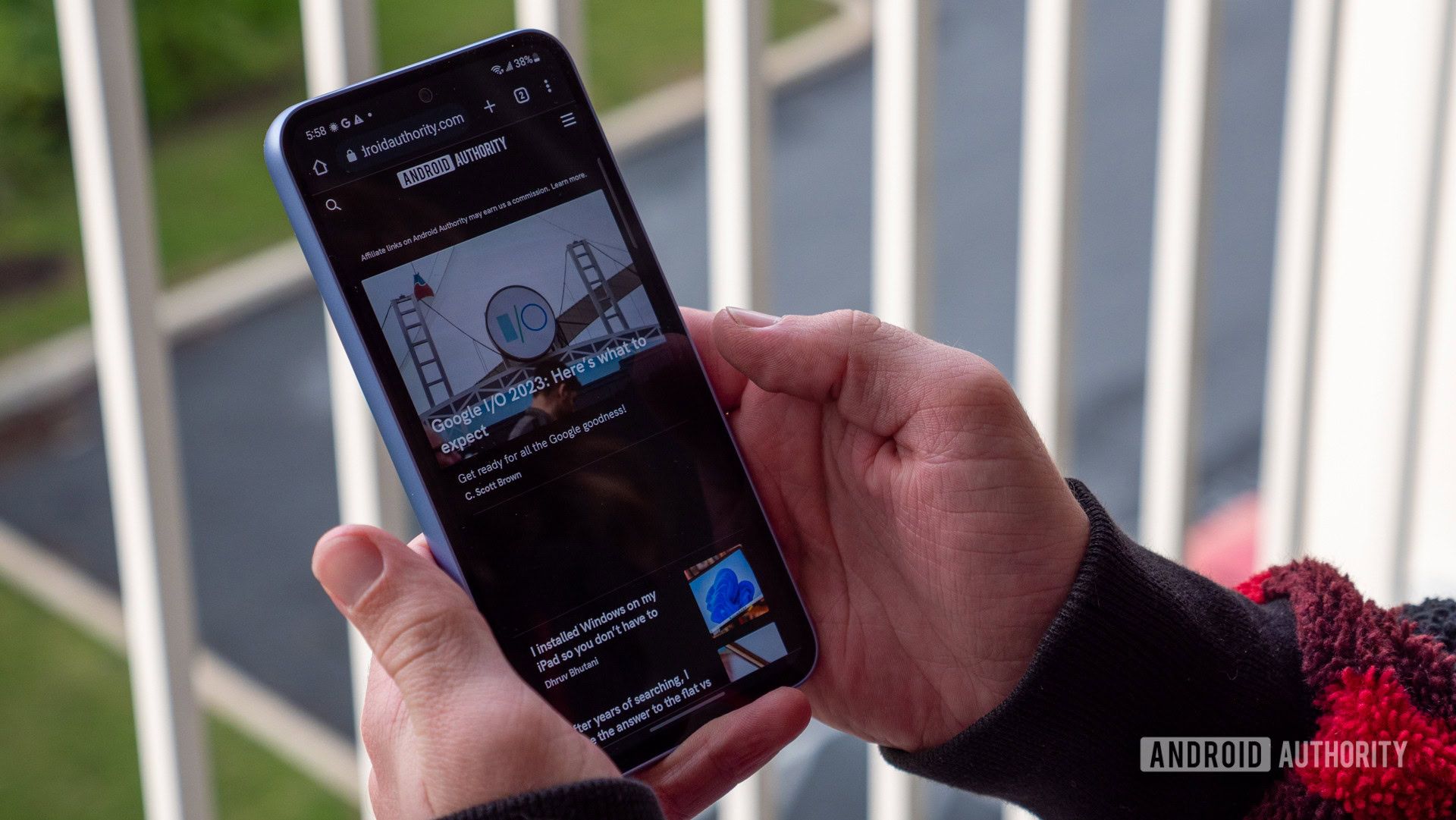
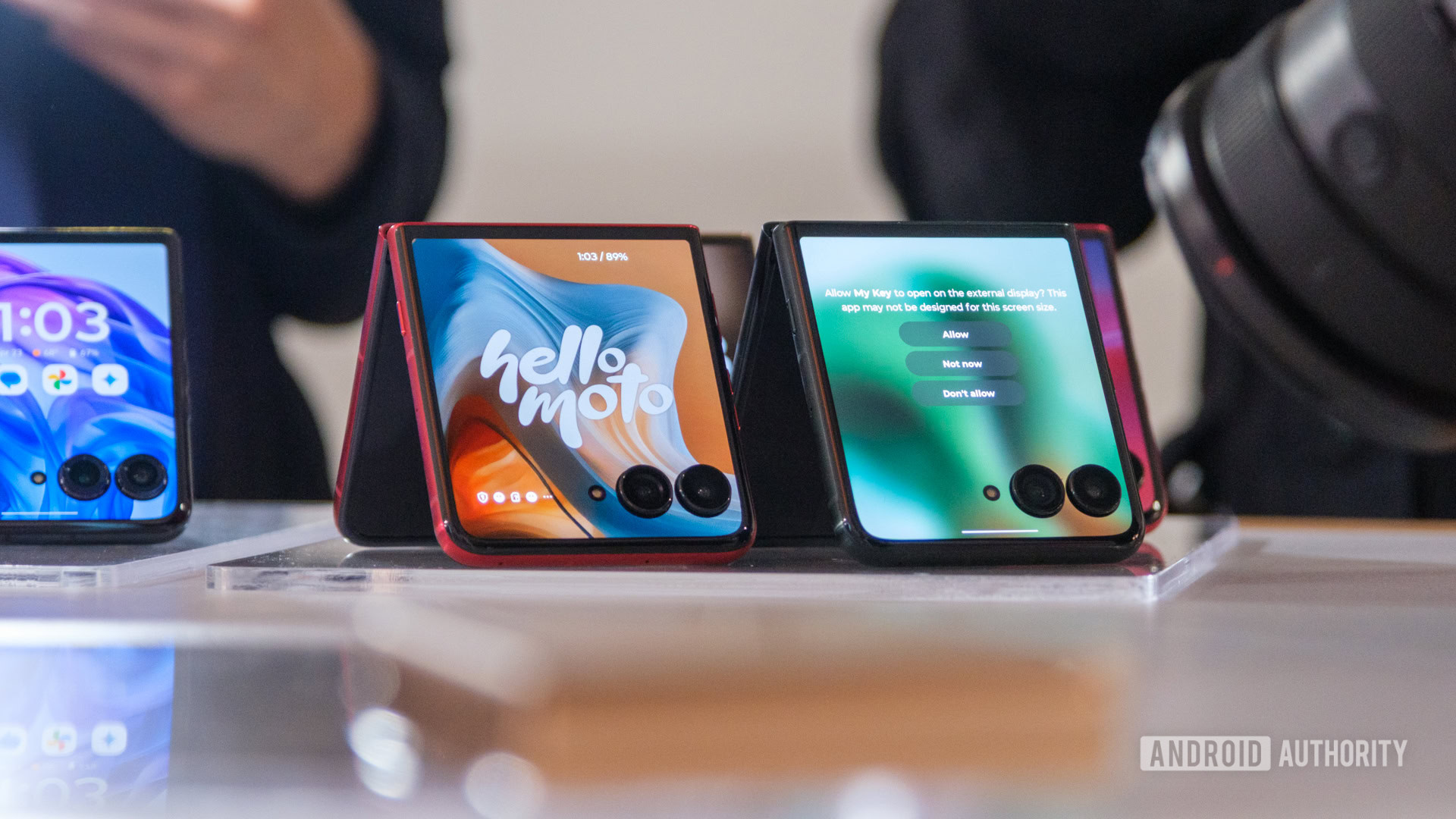
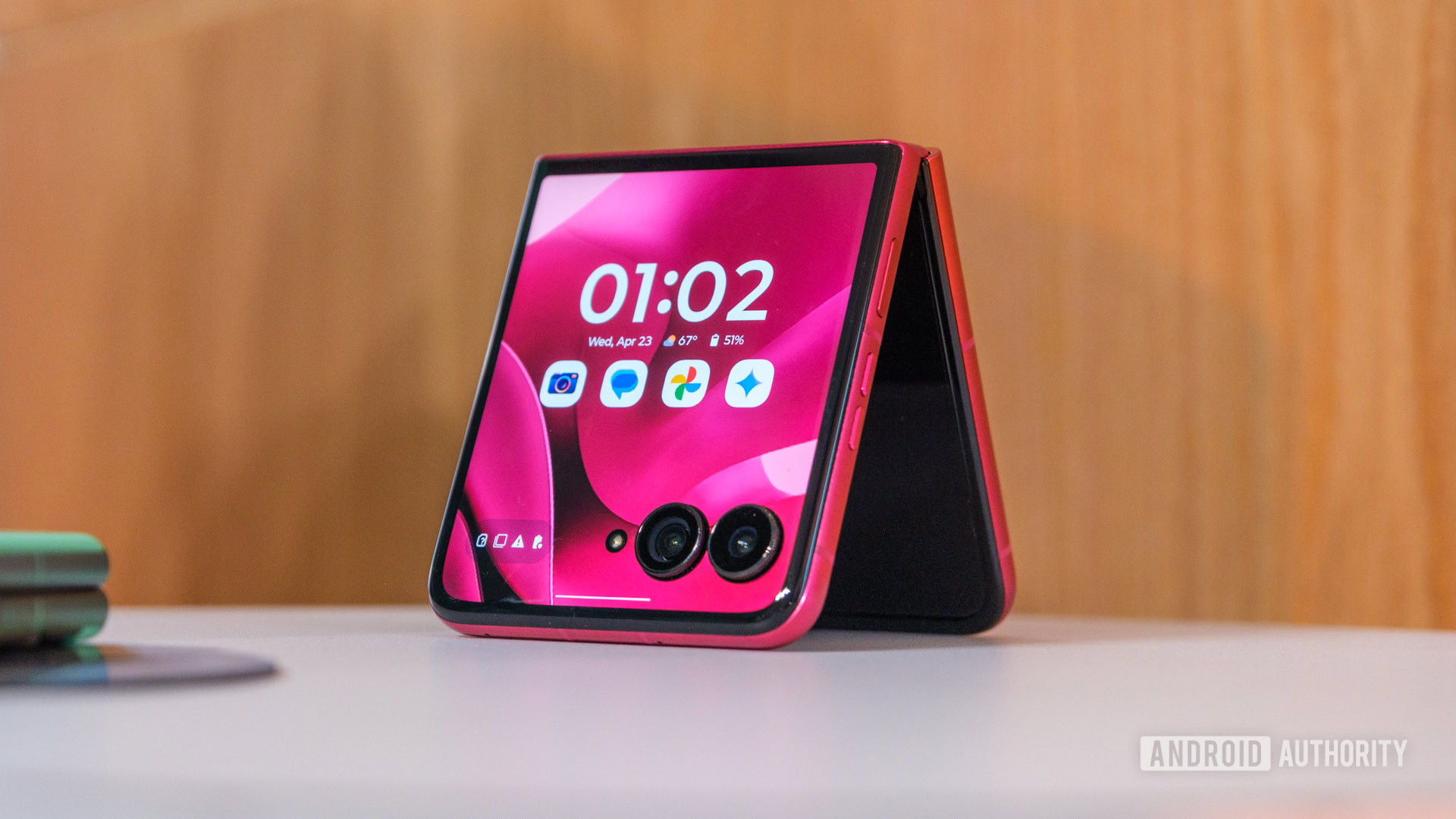
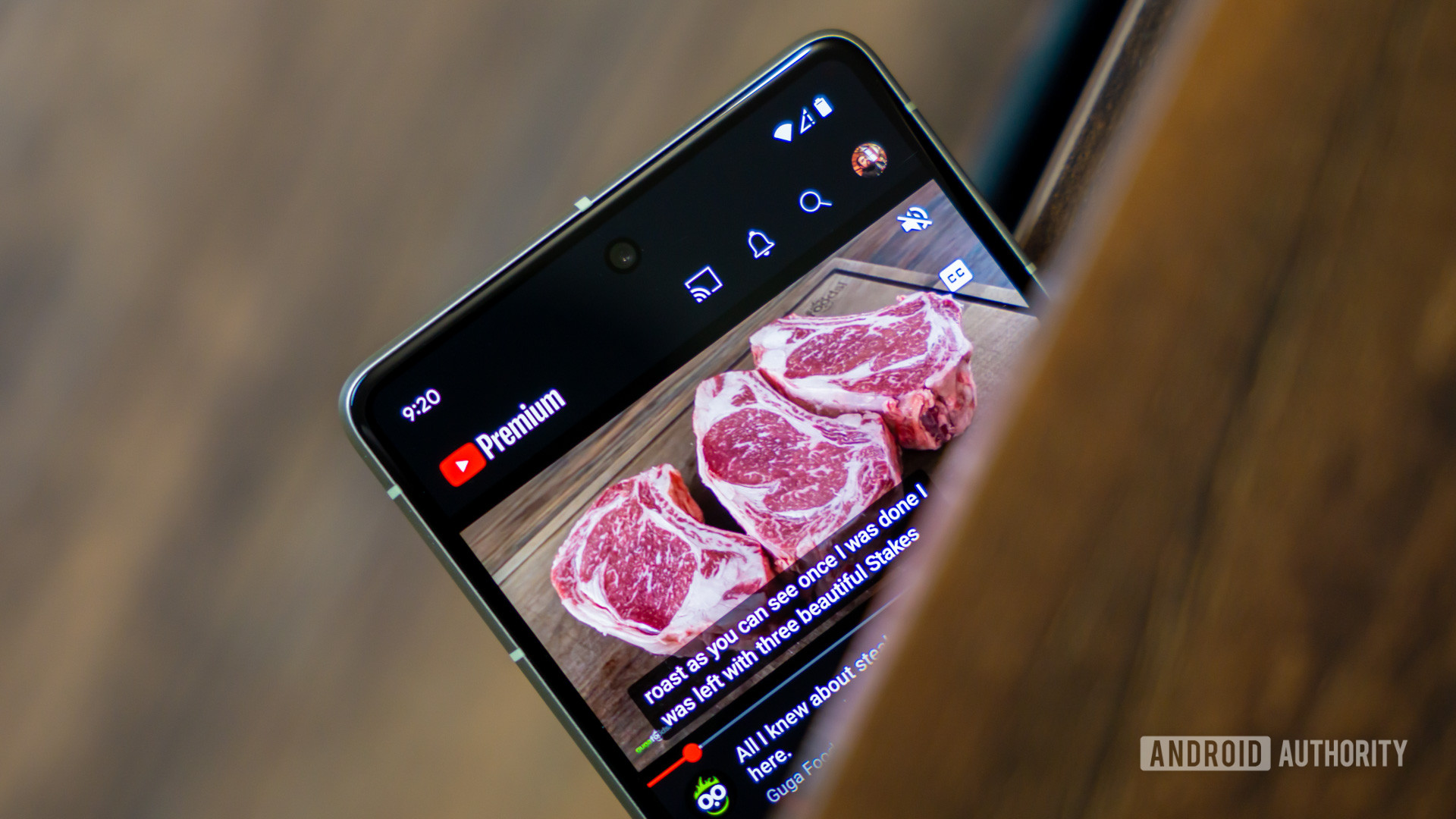
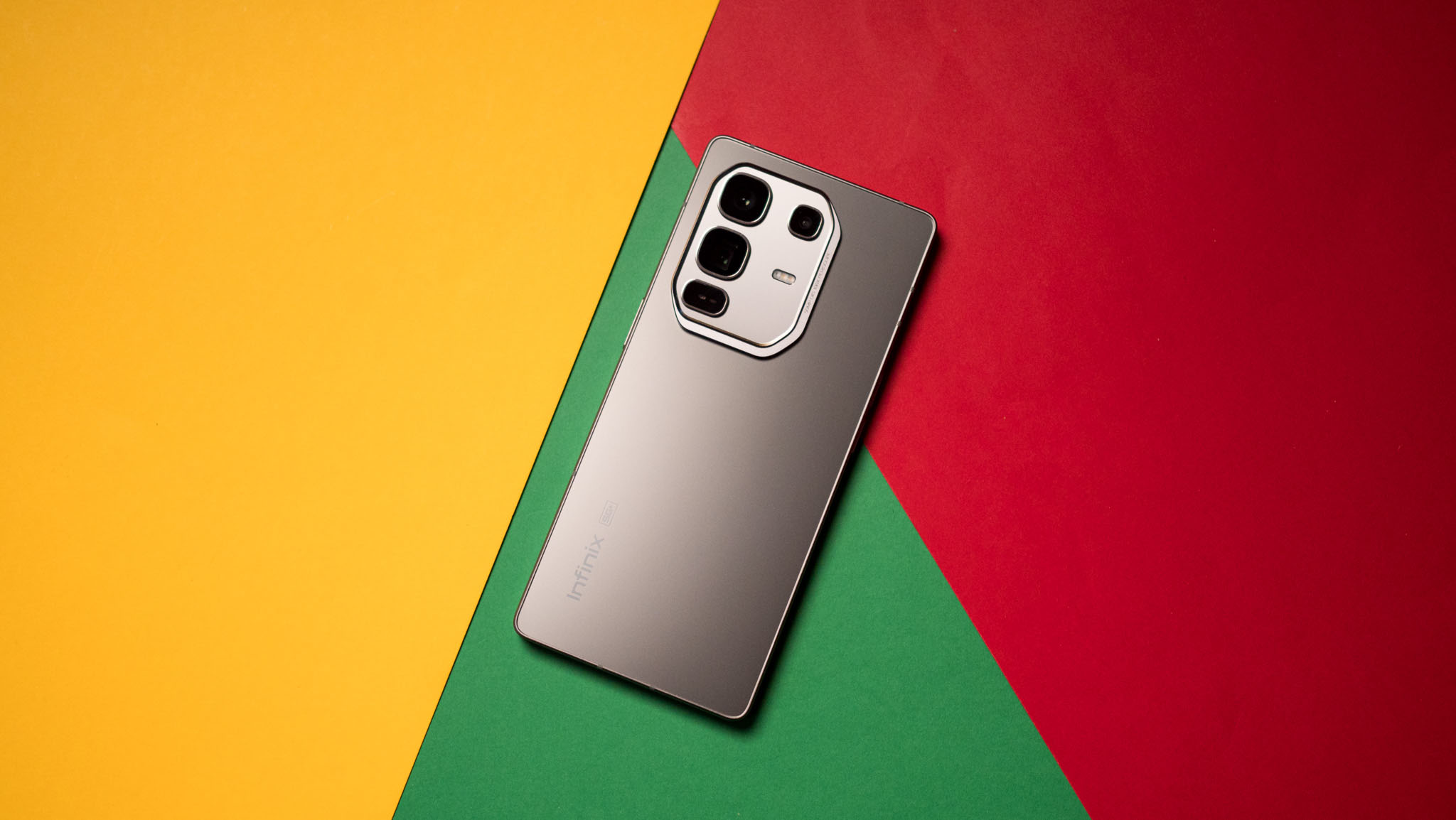
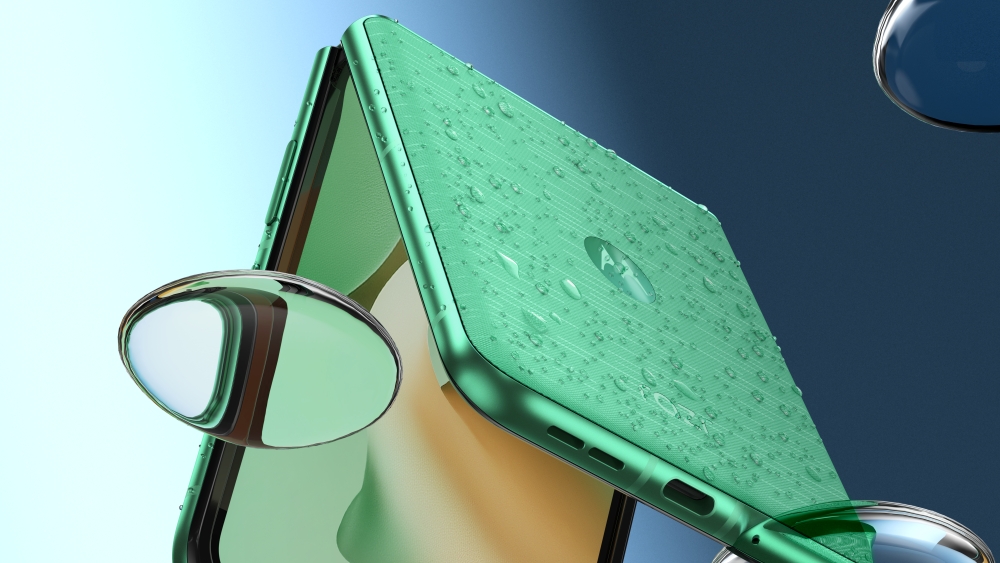
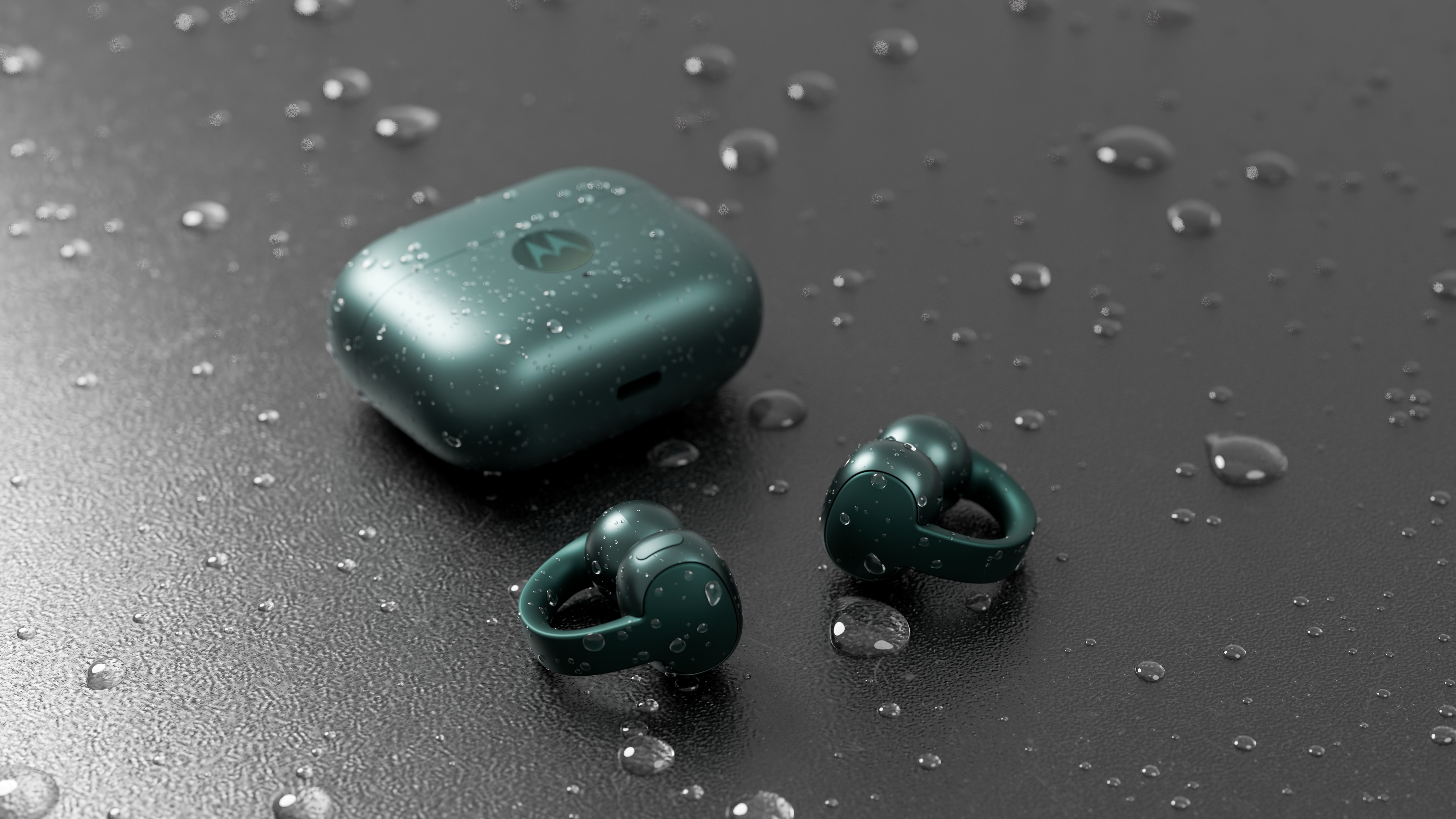
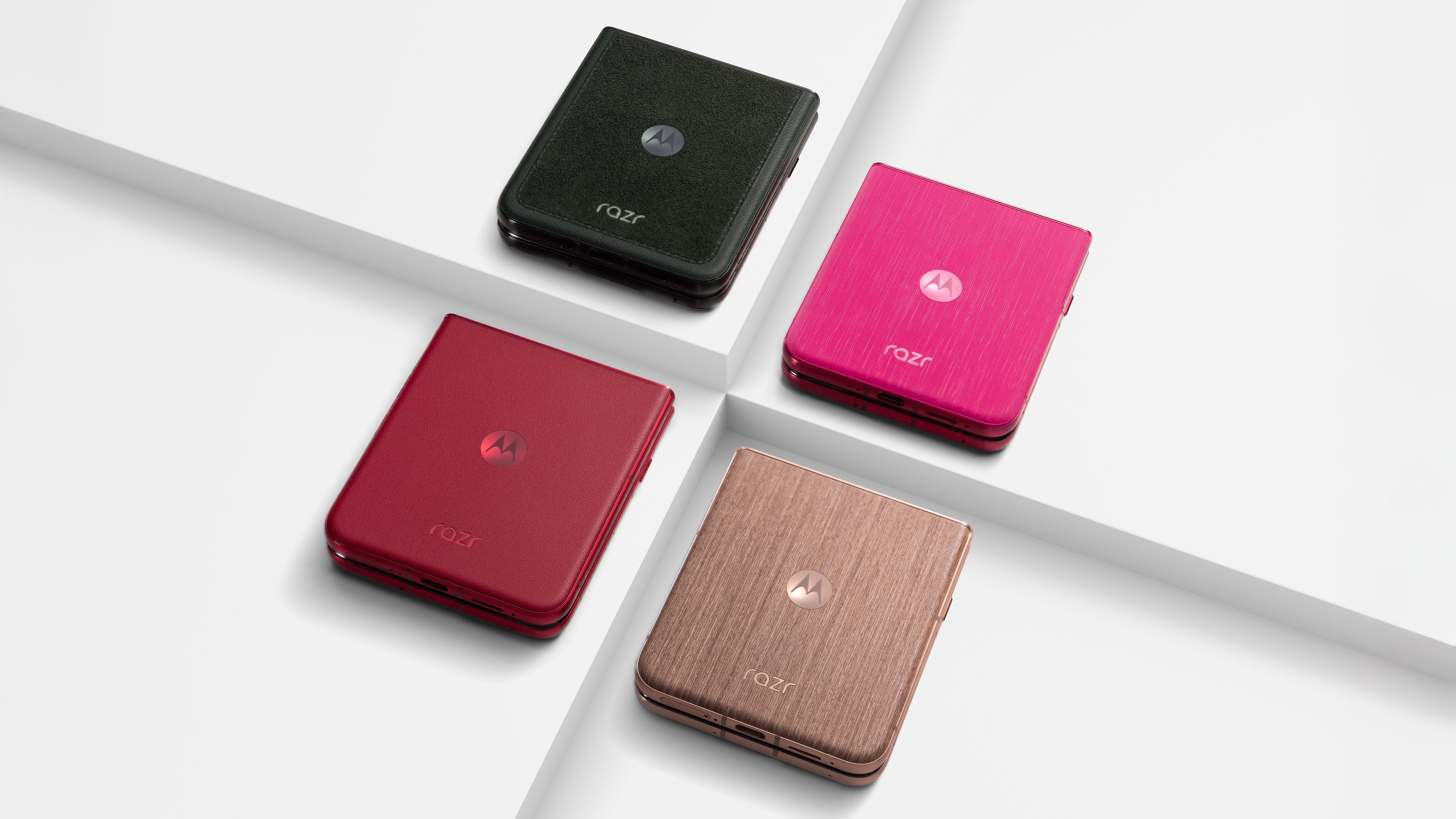


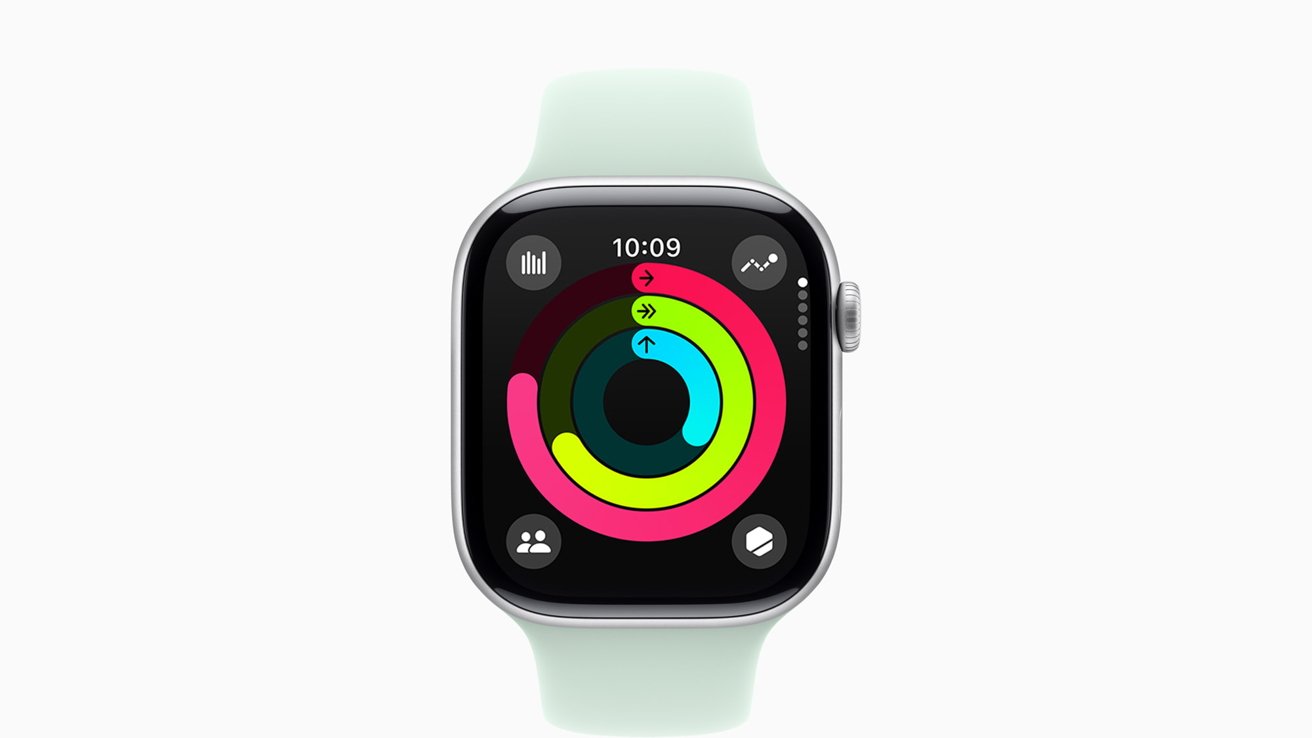
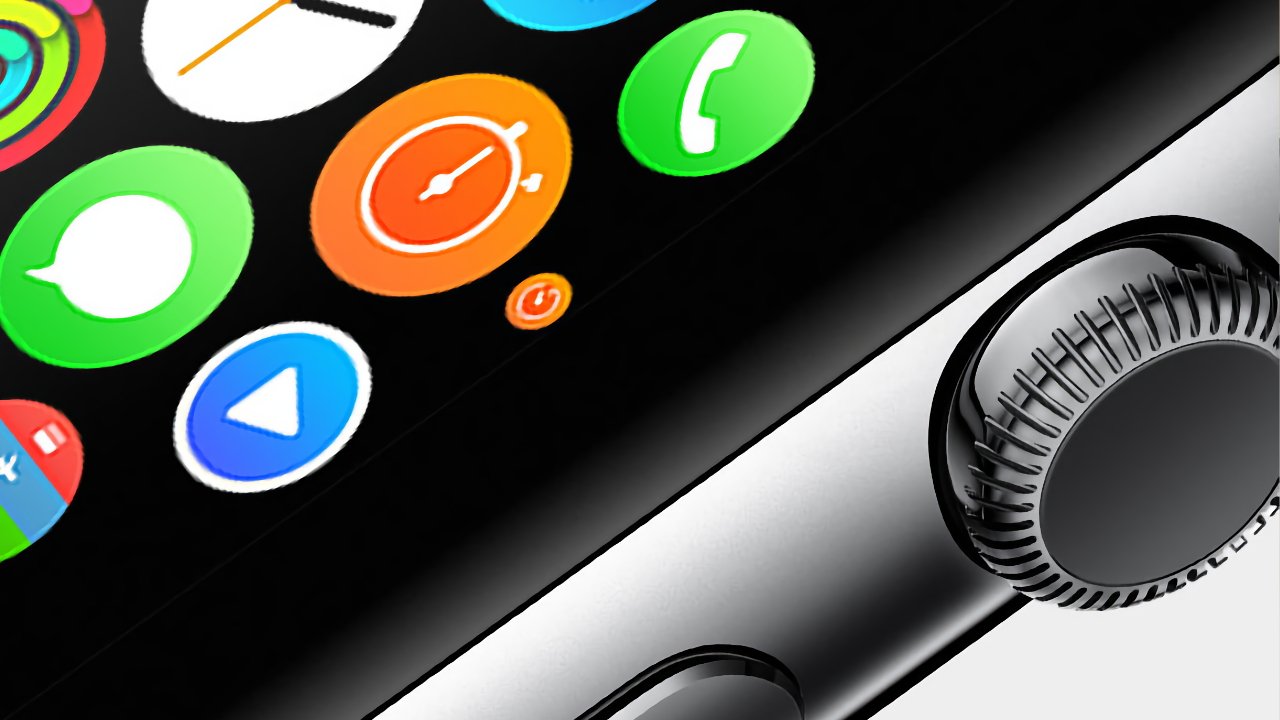

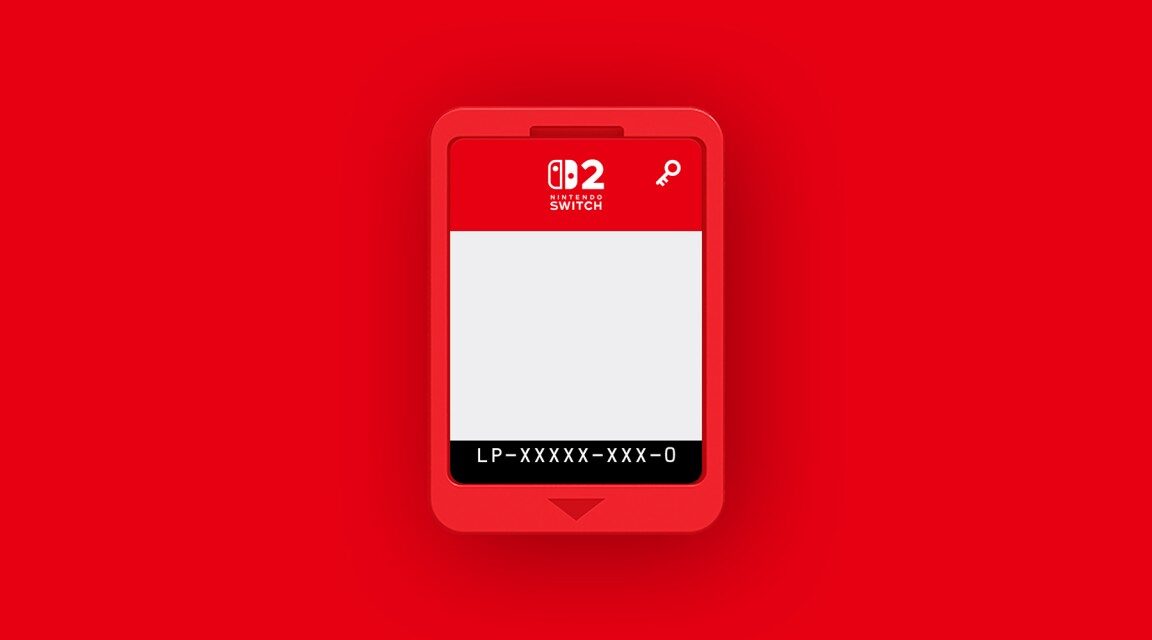

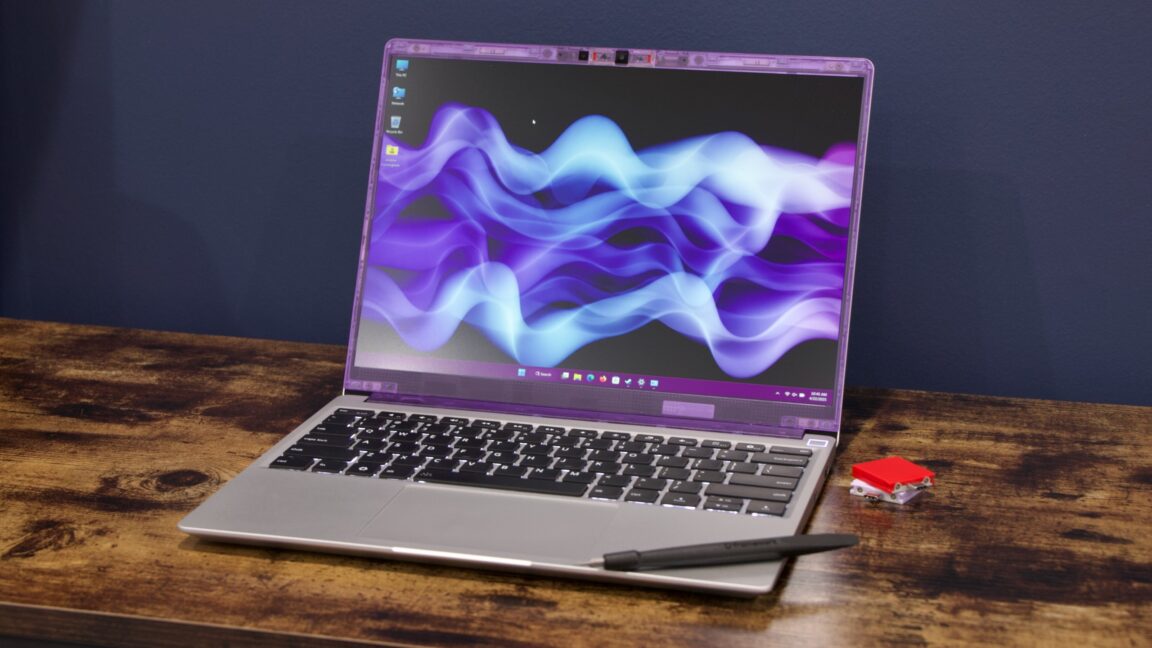


































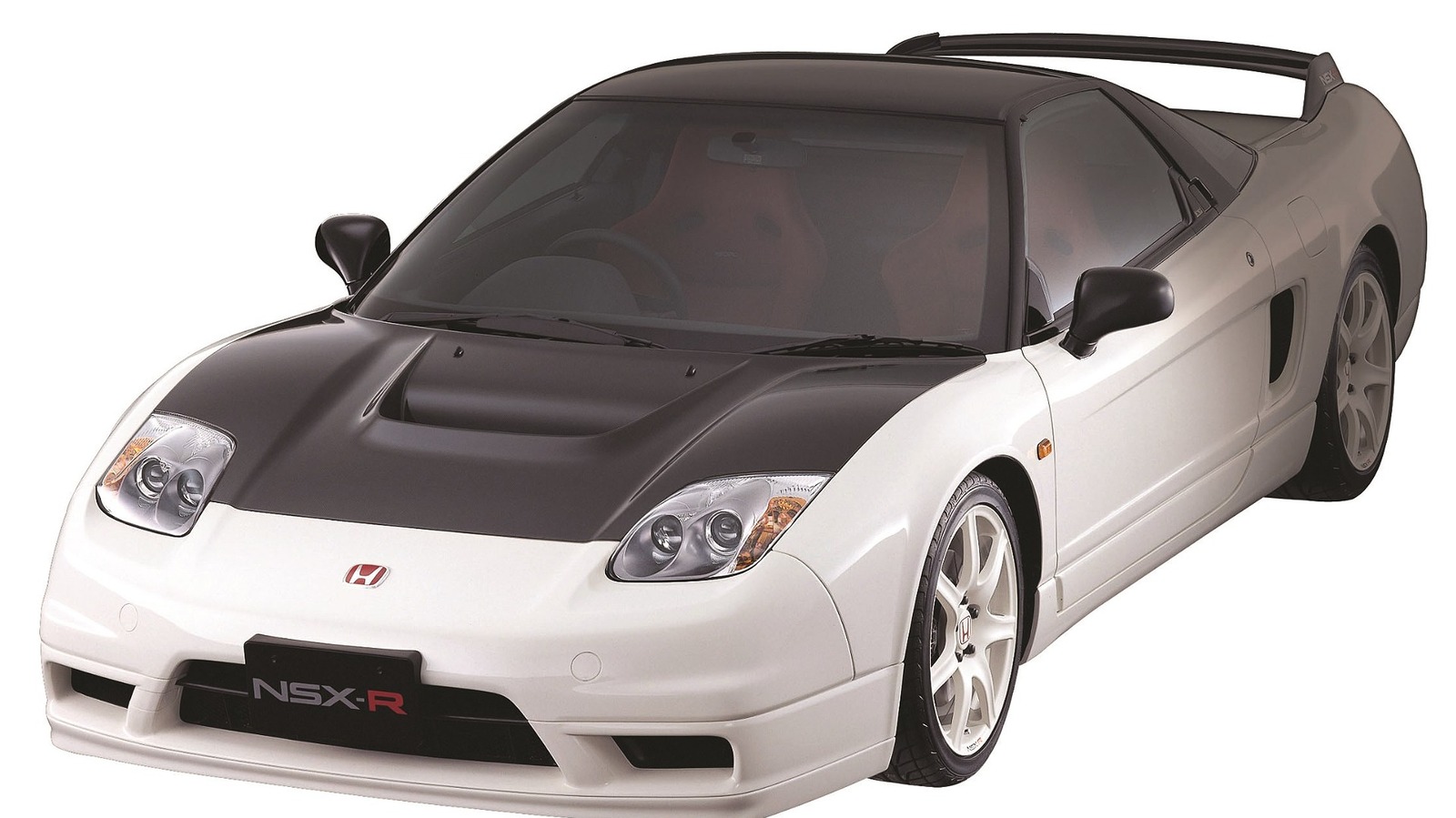
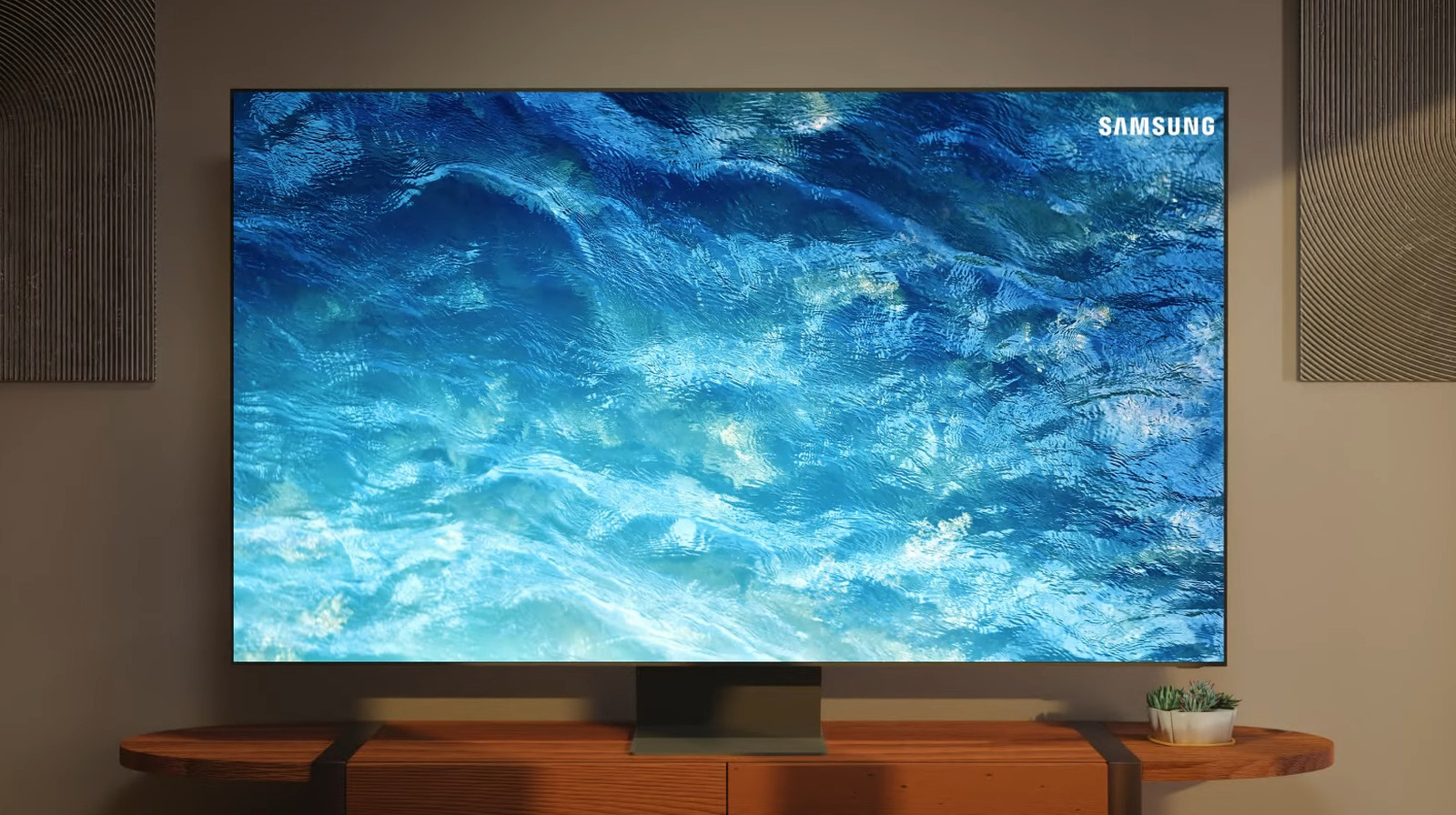



































_Olekcii_Mach_Alamy.jpg?width=1280&auto=webp&quality=80&disable=upscale#)





















































































![[The AI Show Episode 144]: ChatGPT’s New Memory, Shopify CEO’s Leaked “AI First” Memo, Google Cloud Next Releases, o3 and o4-mini Coming Soon & Llama 4’s Rocky Launch](https://www.marketingaiinstitute.com/hubfs/ep%20144%20cover.png)













































































































































![[DEALS] Sterling Stock Picker: Lifetime Subscription (85% off) & Other Deals Up To 98% Off – Offers End Soon!](https://www.javacodegeeks.com/wp-content/uploads/2012/12/jcg-logo.jpg)
























